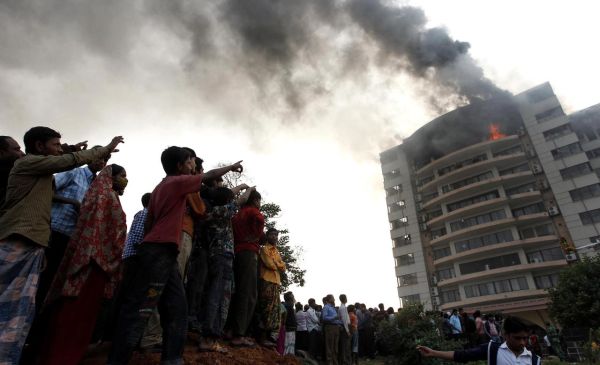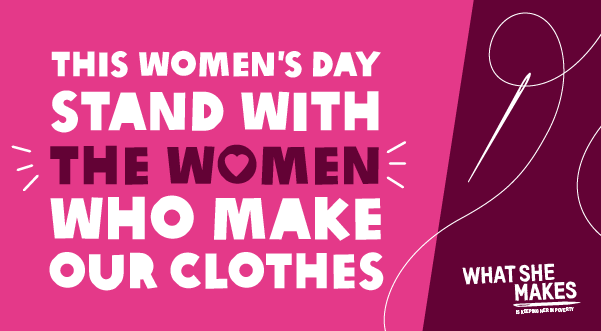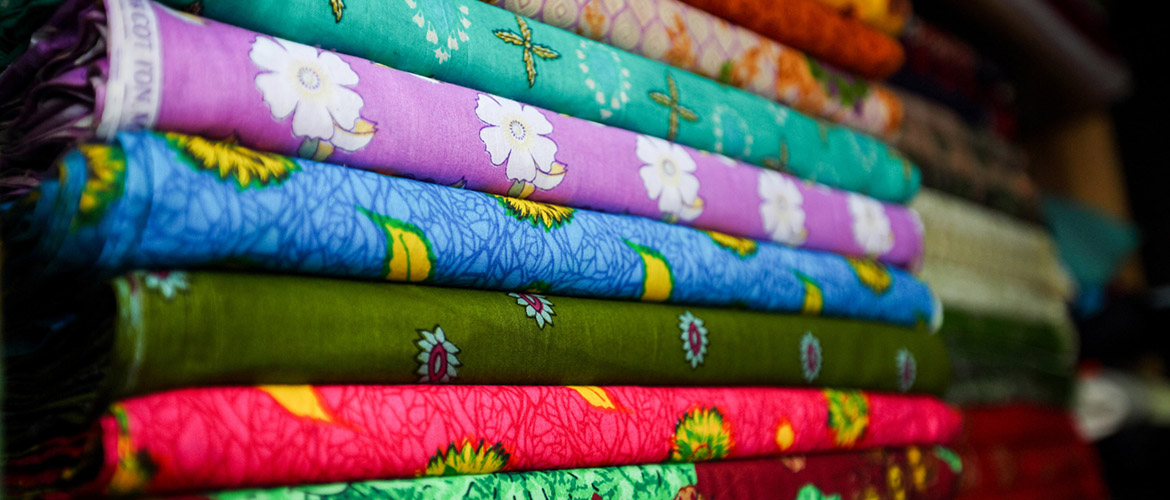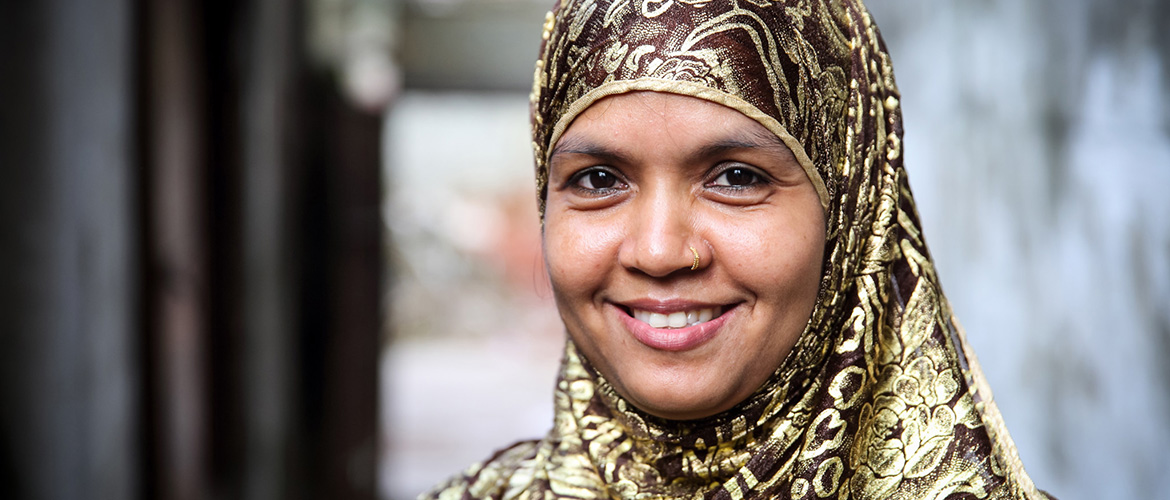Another garment factory fire in Bangladesh has left 31 workers dead and 200 seriously injured.
The fire broke out around midday on December 14 across the building’s 10th floor. It then spread up to the 11th floor where there was a canteen and a manufacturing facility. One witness said that he saw 50 to 60 people jumping off the 10th floor to escape.
Abdur Rahim, who was injured, said most of the workers were having lunch when the fire broke out. “Heavy plumes of fire suffocated the area.” He said two of the emergency exits were closed. Unable to walk down, many broke the windows to escape the fire and injured themselves.
The factory, “That’s It Sportswear Ltd”, is owned by business giant Hameem Group, whose buyers include American Eagle, GAP/Old Navy, JC Penney, Kohl’s, Squeeze, Sears, VF Asia, Target Store,Charming Shoppes, Wal-Mart in USA market and H & M, Carrefour, Zara, Hema, M & S Mode, ETAM, Western Store, Migros, Celio and PNC in Europe market.
The tragedy is not the only of its kind to impact the lives of garment workers in Bangladesh—since 2000 more than 300 workers have lost their lives in factory fires.
In February this year 21 workers died in a fire at the “Garib and Garib” factory. At that time, almost all of the buyers of Hameem group were contacted by the CCC, the International Labour Rights Forum (ILRF), the Worker Rights Consortium (WRC), and the Maquila Solidarity Network (MSN) with a set of recommendations outlining measures that should be taken to eliminate the problems underlying these deadly tragedies.
But this latest tragedy demonstrates that brands have responded too little, too late.
“Workers keep dying while the brands, the government and the employers drag their feet and try to shift the responsibility upon each other” says Ineke Zeldenrust from the CCC. “We’ve warned the brands repeatedly that this would keep happening again and again, but they’ve chosen to respond only in a minimal fashion,” she added.
View the recommendations for safer factories in Bangladesh
Main image courtesy of Andrew Biraj/Reuters




